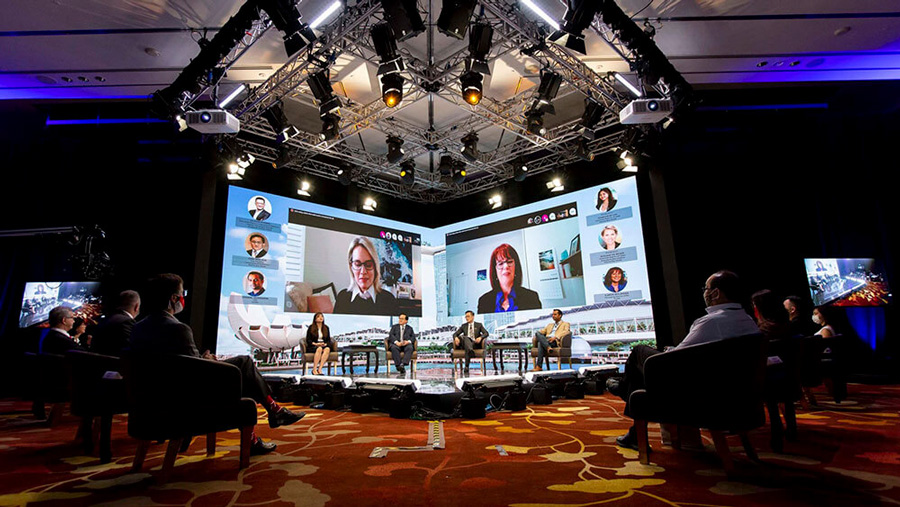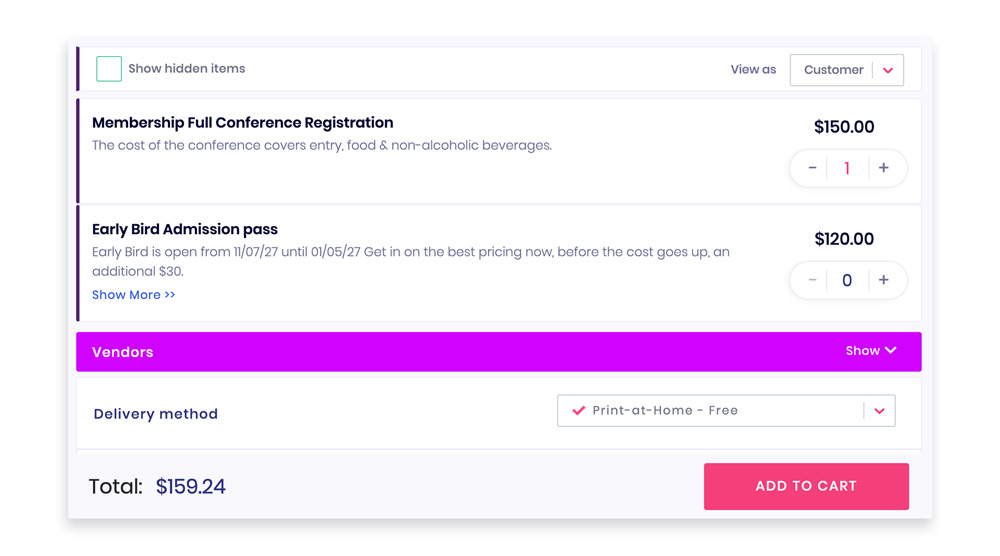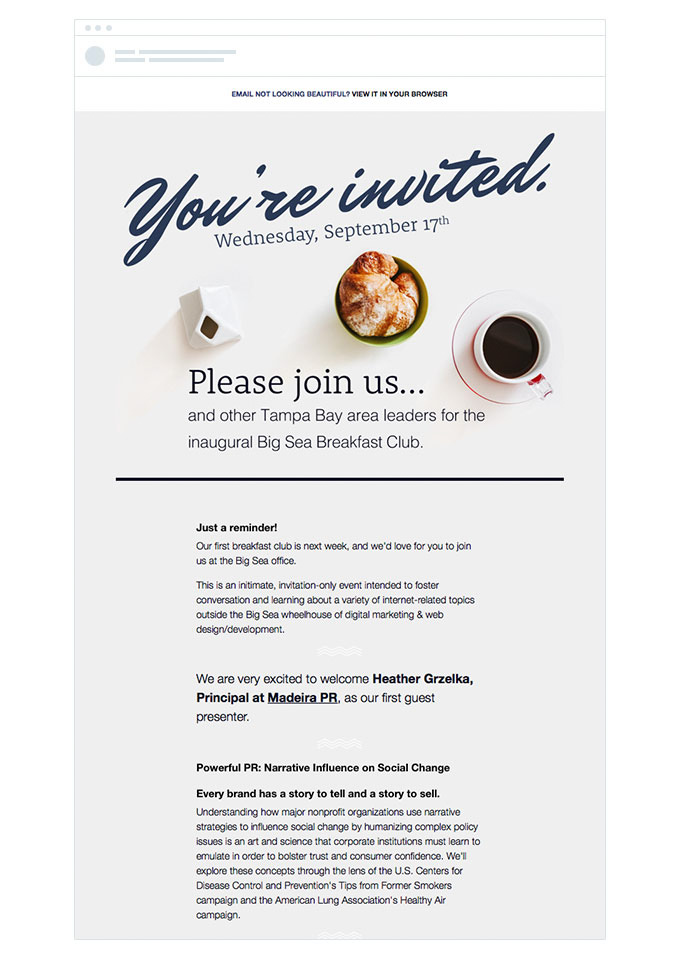Hybrid Events: 5 Event Planning Ideas You Need to Know
As the COVID-19 pandemic is finally subsiding and now that countries across the globe are lifting their preventive measures, live events are once again becoming a thing. However, whether they are charitable events or corporate ones, virtual events are still very popular. Therefore, hybrid events are becoming the go-to option for business leaders who want to attract as many attendees as possible but still retain that personal feeling that offline events have.
That’s why today we are talking about hybrid events - a mix between live and virtual events - and some top event marketing ideas you can use to build hype, get attendees, and make your event a success.
Here’s what you need to know.

1. Build comprehensive marketing materials
Hybrid events, much like any other type of event, deserve more than an occasional social media announcement or a mention in your email newsletter. These are just small parts of your overall marketing strategy, which are essential for the success of your event both in the online and the offline world.
First, it’s important to create comprehensive marketing materials to promote your event in both realms. This doesn’t have to cost you an arm and a leg, as you can easily find free videos and images online to use in your promotional materials, handouts, marketing collateral, emails, social media posts, and across the web.
Complemented by educational and promotional content, words from the participants and organizers, as well as community engagement will help make your promotional material that much more engaging.
Be sure to use these to enhance your event marketing:
-
Promotional videos and images
-
Influencer shout-outs
-
Shout-outs from industry experts
-
Snippets and quality informational content
-
Easy ticket registration and event technology
-
Promotion via social media, email, and even direct mail for local attendees
2. Make opt-ins easy on your website
As the organizer, one of your top priorities is to get as many people to sign up for the event as possible. When planning a hybrid event, you want to make sure that people can easily reserve their physical seat, as well as a virtual one.
To achieve this, you need to provide seamless ticket registration.
First, though, it’s important to include sign-up forms on your site to make it easy for people to leave their information so that you can follow up, send them their printable tickets, and maintain communication. You can put CTAs and sign-up buttons in these forms to make it easy to complete their purchase and get their tickets.
 For ticket registration, have virtual and printable tickets. Virtual tickets can have access codes to the event, and printable ones should have barcodes attendees can scan at the entrance.
For ticket registration, have virtual and printable tickets. Virtual tickets can have access codes to the event, and printable ones should have barcodes attendees can scan at the entrance.
3. Build social media hype early
Aside from making event merchandise and using the right event technology, it’s important to build hype where it matters - on social media. Social media platforms are gateways to global and local event marketing, which is especially important when you are trying to attract people to a hybrid event.
Now, the key to successful event promotion on social media is, aside from creating engaging posts, to post on a schedule. It’s important to schedule your promotional posts and build hype at least a month before the big day.
This is the way to make your social media campaign more successful and build engagement, inspire sign-ups, and incentivize people to share your event.
- Start by creating an event outline, complete with a description, sign-up instructions, keynote speakers, and other relevant details.
- Start promoting the event regularly on your social channels. Aim to mention your event at least once a week through various posts.
- Diversify your posts and use images, videos, and even infographics to keep your audience engaged.
Despite popular myths, Instagram, for example, is a great place to promote your event via Stories and Reels, but it’s also great for posting captivating images with engaging captions. You can also use short-form videos for TikTok promotion.
LinkedIn is a great place to go into more detail and engage your professional community via long-form posts or by sharing a link to a dedicated landing page on your site. This is also a great place to tag your keynote speakers and industry experts to get the conversation going.
4. Run a structured email campaign
Email is another essential tool that will help you market an event successfully, and it’s a great way to promote the event to your local and global audience. You have the opportunity here to personalize your emails for those who will attend the event in person and your virtual attendees.
First, segment your audience.
Divide your email list into those recipients who have already signed up for the event, and the rest you can put into your outreach group.

Then, divide the first group into those who are attending the live event and those who will join virtually. You will need to create different, personalized emails for both. While the copy will be similar, you can always share unique tips and insights depending on the way they will attend the event. For example, in-person events might provide parking information or public health instructions, while virtual events might include personalized access links or software downloads.
Send out regular email reminders and updates on the event to all groups, preferably once a week, starting at least two months before the big day.
5. Be available to answer any questions
Finally, remember that organizing a hybrid event can spark a lot of questions in the online community. People will want to check seat availability, and they will have questions about the venue itself, as well as the precautions you have taken to keep them safe in the new normal.
Virtual attendees will have their own questions prior to signing up, which is why you need to be available.
Don’t make them wait for an email response. Instead, you can add a chat widget to your site so that they can reach you immediately. You can then answer their questions on the spot and book their seat directly in the chat, enhancing their experience and minimizing customer effort.
Over To You
In the new normal, hybrid events are a way to engage a global audience while still creating a more personal experience for your live attendees - all the while keeping people safe. That said, you need to have a clear marketing approach and create an event planning checklist in order to inspire opt-ins and bring as many people to your event as possible.
By focusing on these steps for proper marketing, planning, and preparation, you will ensure a high attendance rate and make your event a success before it even starts. After that, you only need to follow up and continue nurturing your leads to boost conversions and achieve your sales and marketing goals.

Author: Margo Ovsiienko






